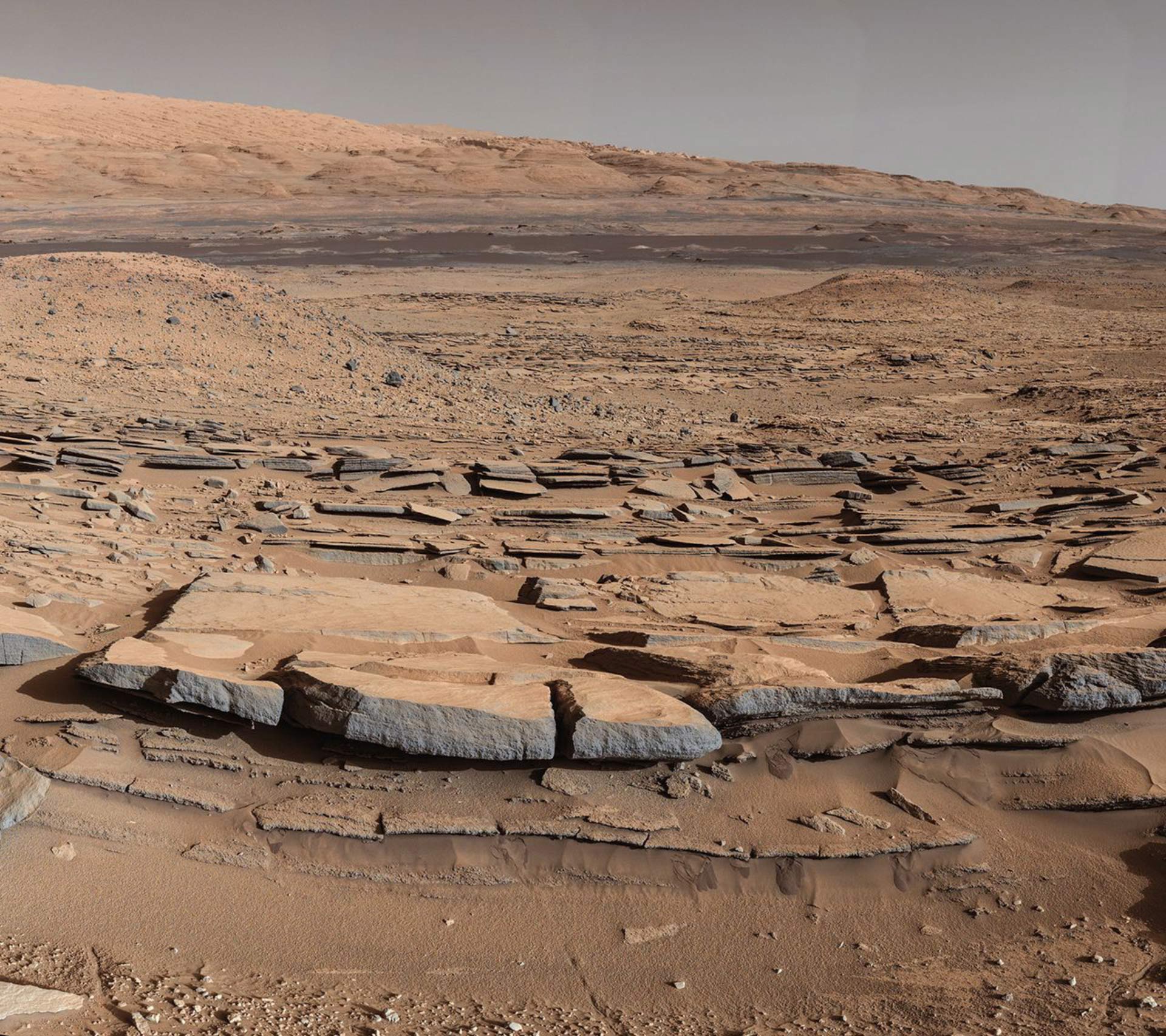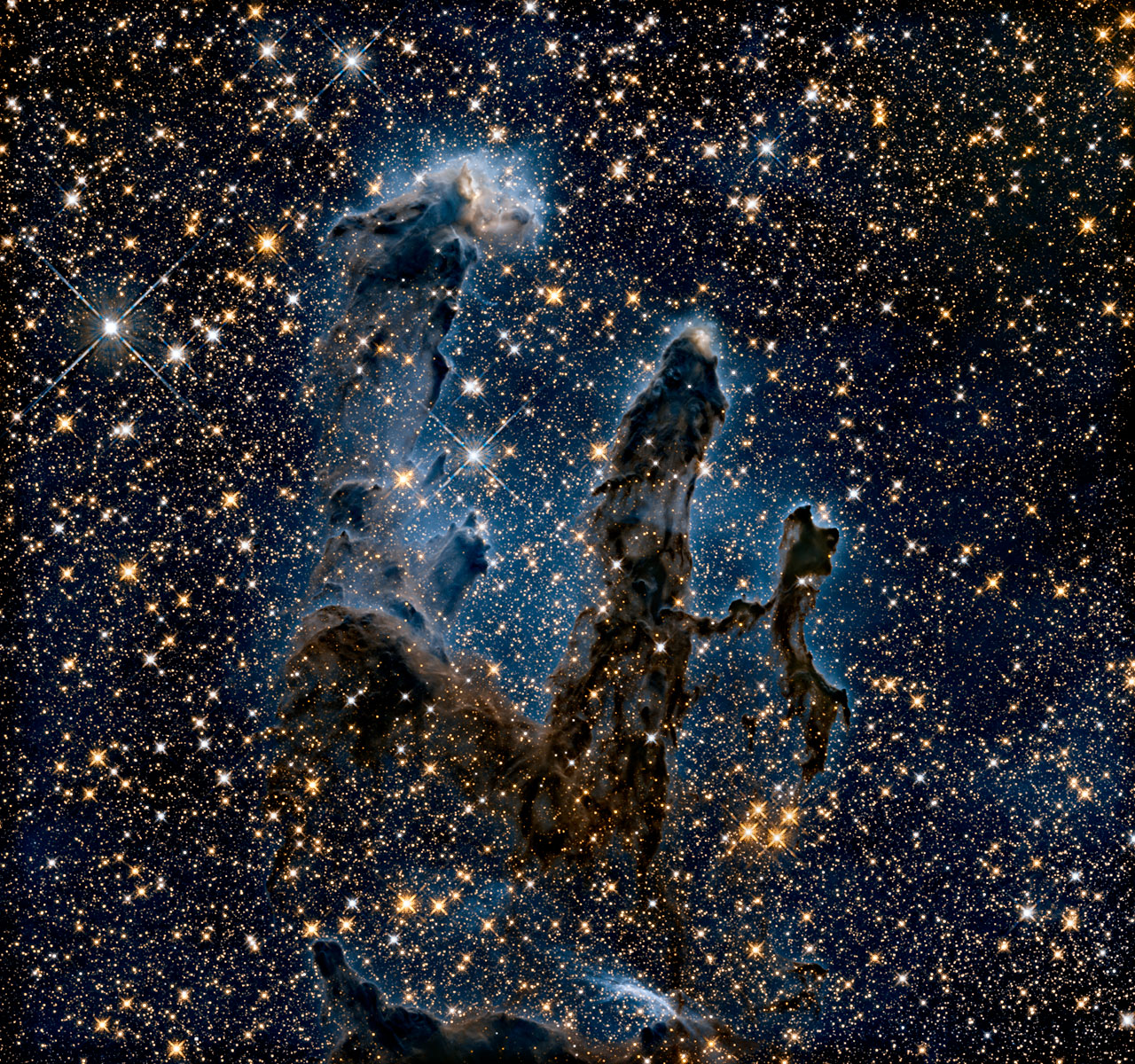What will humanity’s legacy to the Universe be?
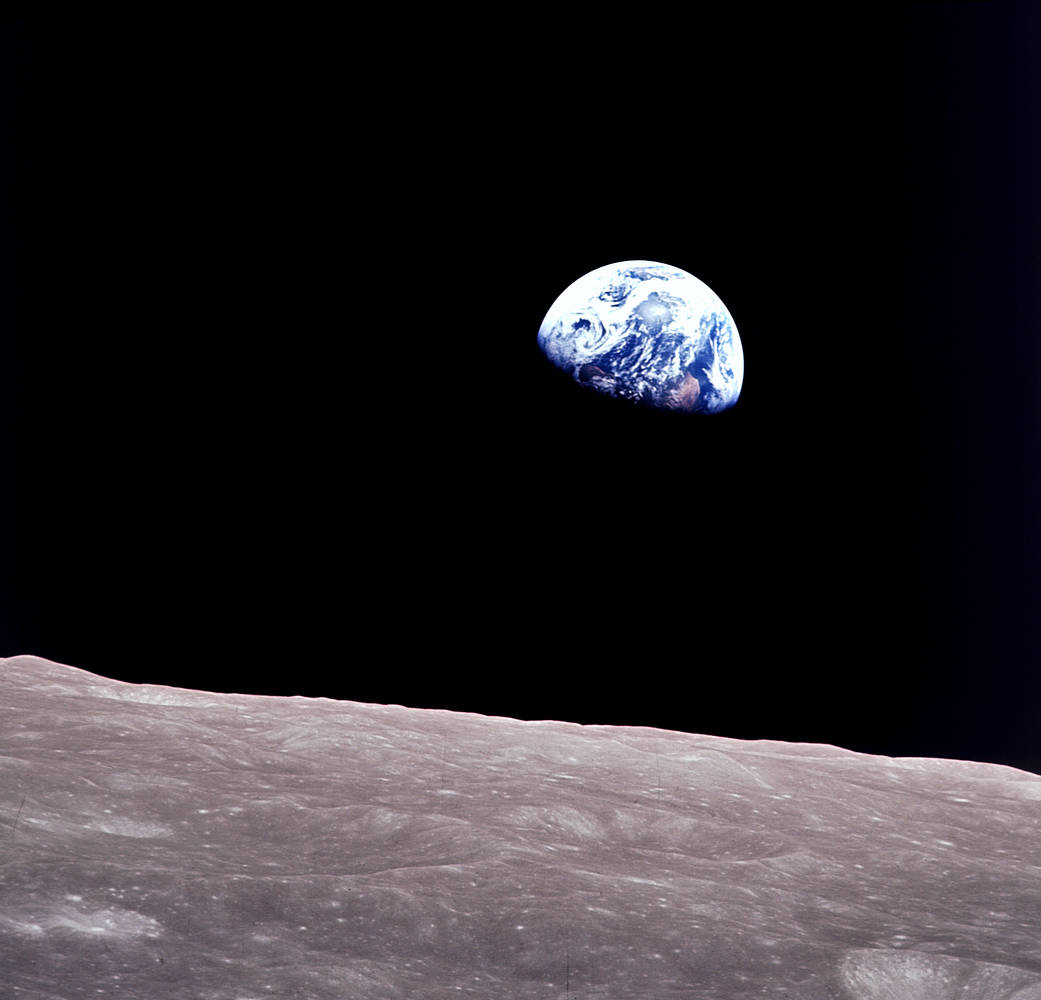
- Right now, there are only a few thousand stars, all within the Milky Way galaxy, that are even capable of detecting that something special is happening right here on Earth.
- Unlike all the other species ever to arise on our home planet, humanity has become technologically advanced, and has begun to understand and explore the Universe as no other terrestrial civilization ever has.
- What will our ultimate legacy be? Will we simply go extinct, and leave the evidence of our presence here in Earth’s fossil record? Or will we take full advantage of the chance we now hold in our hands?
By the time the Earth first formed, the Universe had already been around for some 9.3 billion years. Hundreds of billions of stars in the Milky Way alone had been born before our Sun, and billions upon billions of them had already died, enriching the interstellar medium for future generations. Heavy elements, complex molecules, and even organic compounds all existed prior to Earth’s formation. Almost as soon as the Earth finished forming, life arose on it. In an unbroken chain of events spanning 4+ billion years, life has survived, thrived, and diversified all across our planet.
It’s only over the past few hundred years, however, that humanity has become technologically advanced in a way that an external observer would be able to detect. Only since the dawn of the industrial revolution have we modified our planet and/or the environment around it in ways that an advanced, intelligent extraterrestrial civilization would take note of. Even so, an advanced enough observer would have to look at Earth from within about ~250 light-years to determine that something special is happening here. For the past few ten-thousand years, humanity has become the dominant life form on the planet. The dinosaurs, by contrast, dominated the Earth for tens-of-millions of years, but their legacy to the Universe now only exists in the fossil record.
Can we leave a greater legacy behind than the dinosaurs did? It’s possible, but only if we work together to make it a reality. Here’s how.
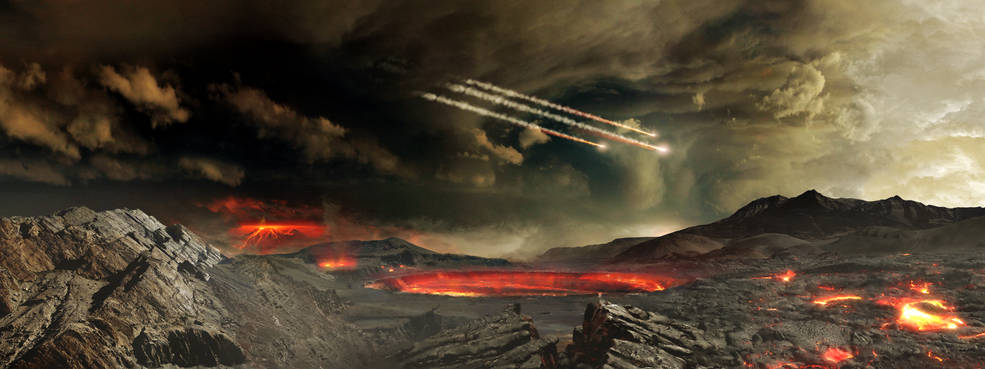
Over the natural history of planet Earth, a number of important milestones were achieved. First, life arose on our planet from non-living precursor molecules. These primitive biological entities found ways to metabolize resources from their environment and also reproduce: to make copies of themselves. At some point, resource-hoarding became possible, likely through the development of a membrane that could “keep good things in” as well as “keep bad things out,” while also allowing for desirable exchanges. Over time, features like photosynthesis, aerobic respiration, sexual reproduction and multicellularity evolved.
The past ~600 million years or so have seen many complex, differentiated species rise to dominate their environment, with many becoming the apex organism on the planet under a wide variety of metrics. Yet, despite their onetime successes, what do they have to show for it today? For that matter, what does planet Earth have to show for it?
Only a memory, encoded in the fossil record and the genetic codes of their descendants, of their long-gone presence on Earth. The natural remnants that persist are only the equivalent of a child’s carving in a tree, simply stating, “We were here.”

But humanity is, as far as we can tell, a fundamentally different class of animal. Many species, in the past — in their own ways, so to speak — have conquered the world. From apex predators to species with the largest biomass to those with the longest, most information-rich genetic codes, Earth has seen a tremendous variety of complex, differentiated life forms.
- But none of them were as intelligent as humans are, at least, as far as we know how to define intelligence.
- None of them became technologically advanced, knowingly and willfully altering the planet’s atmospheric composition on a global scale.
- None of them built skyscrapers, submersible vehicles, devices to achieve powered flights, or rockets that escaped the gravitational pull of Earth.
- And none of them, as far as we can tell, ever made any sort of successful attempt to comprehend the Universe around them in a scientific fashion.
But we have. Although all of these feats are, in their own way, remarkable achievements, it’s that last one — understanding the Universe — that truly separates us from every other living creature that’s ever come before us.
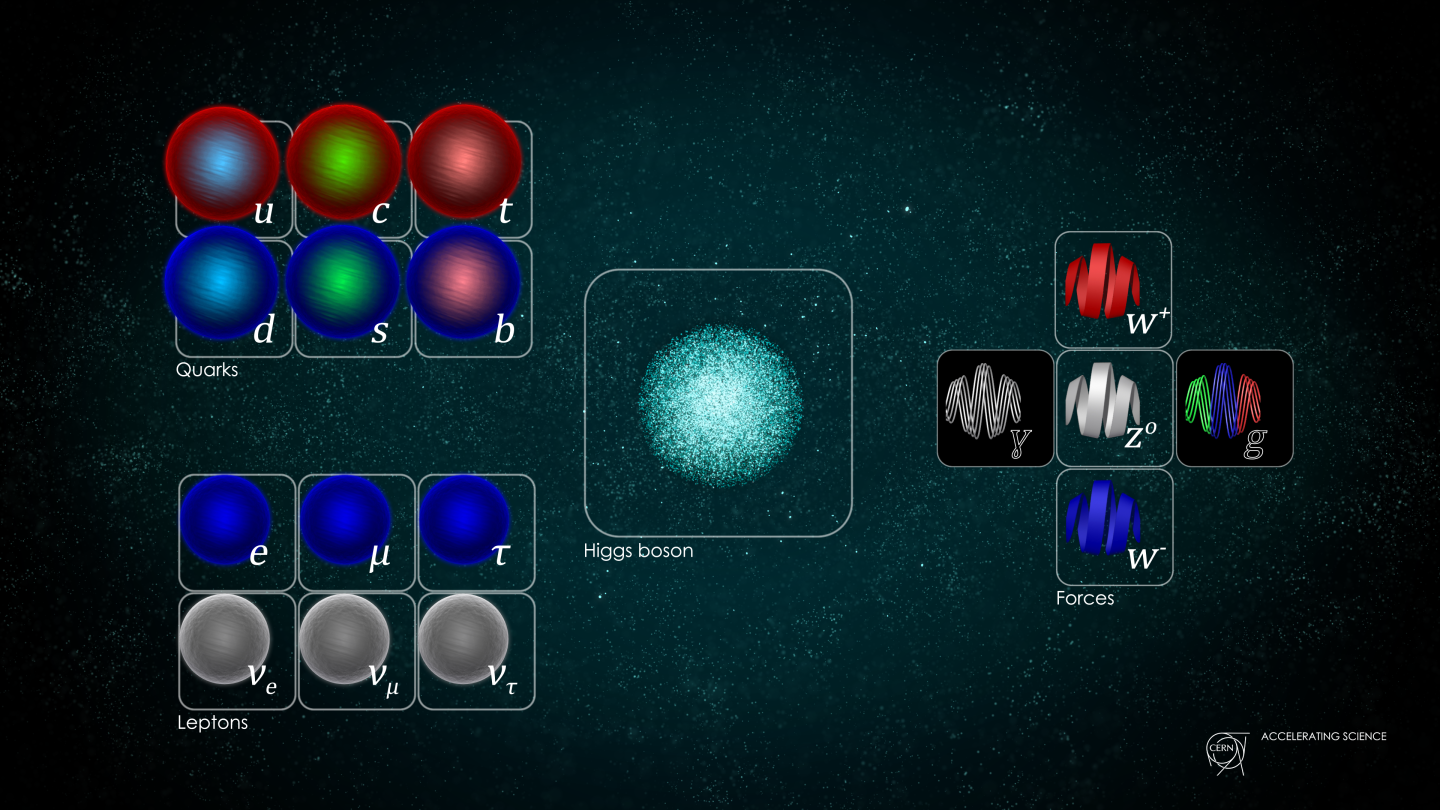
It cannot be overstated how revolutionary it is to know, simultaneously:
- what the Universe is made out of on the smallest, most fundamental scales,
- how those tiny constituents of reality interact with themselves, one another, and the larger Universe as a whole,
- and how those constituents assemble and bind together to form structures on all cosmic scales,
- from the birth of our Universe as-we-know-it in a hot Big Bang all the way up to the present day, 13.8 billion years later.
Every technological, life-improving advance that we’ve developed over the past few hundred years has been contingent on the knowledge gained from these scientific advances. Many spinoff technologies that we now take for granted — including modern transportation, heating and cooling, distribution of goods, and telecommunications capabilities — arose simply because we were pursuing knowledge beyond the current scientific frontiers. In terms of return-on-investment, there’s arguably no greater way to benefit the long-term future of our species than to increase our investment in basic, fundamental research and development.
In fact, it’s not a stretch at all to argue that the advances that have occurred over the past 30, 70, or 100 years easily outstrip the cumulative advances of humanity over the prior 100,000 years.
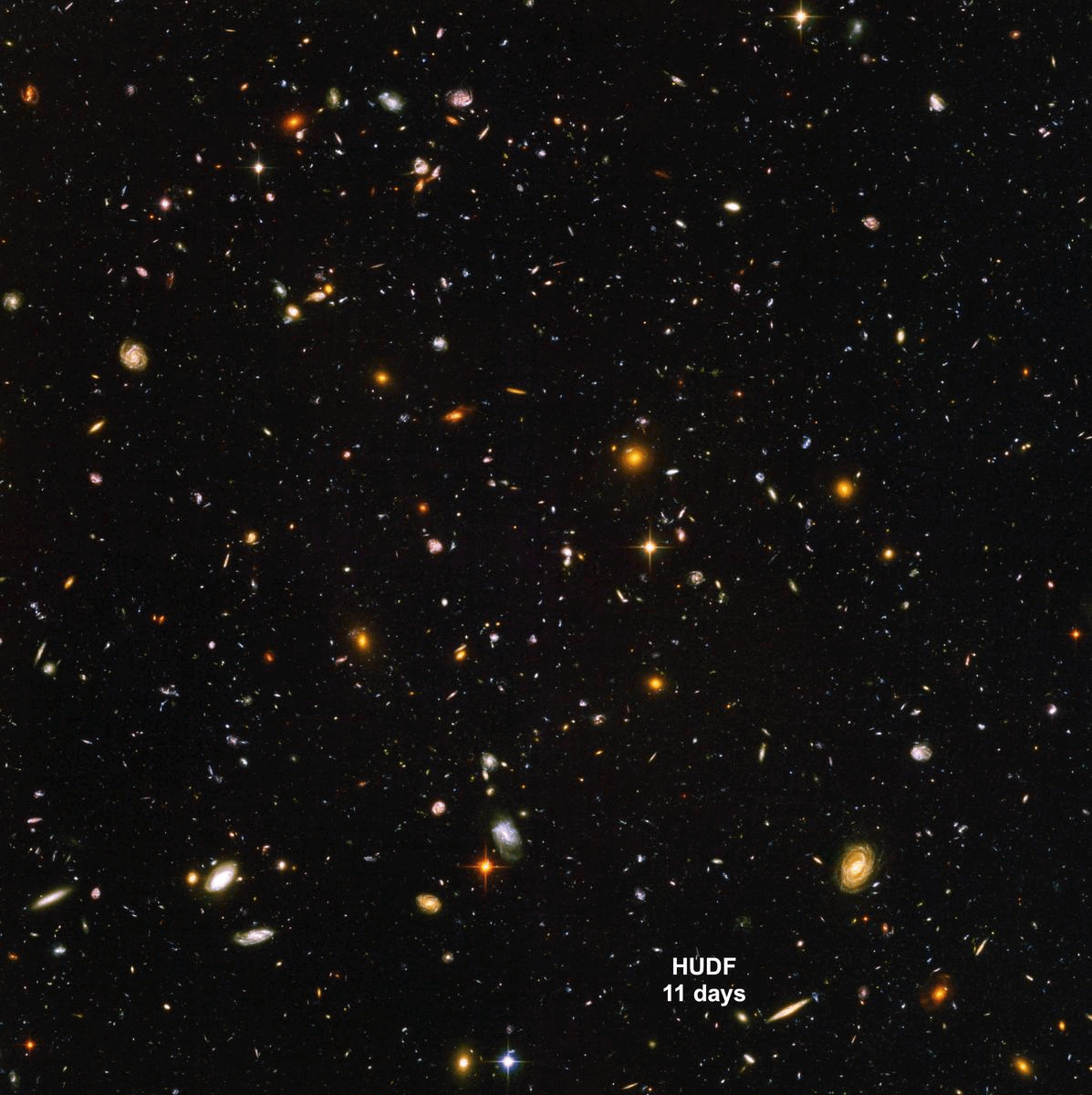
Think about the above image and all that it reveals. Within that purple square is, at present, our deepest view of the Universe ever taken: the Hubble eXtreme Deep Field. Compiled from a total of 23 days of observations made with the Hubble Space Telescope, this window into the abyss of space spans just 1/32,000,000th of the entire sky. And yet, in this tiny square, a whopping 5,500 galaxies — large, massive, bright galaxies — can be found.
The nearest objects shown here are faint stars within the Milky Way, where the light we’re receiving is mere thousands of years old. The most distant objects, by comparison, are primitive galaxies from the Universe’s early childhood, whose light arrives only after a journey that took over 13 billion years. Owing to the expanding Universe, these ultra-distant objects are presently located over 30 billion light-years from us. Even if we attempted to reach them, by leaving today and traveling at the speed of light, we’d never get there; the expanding Universe pushes them away from us at such a great rate that we couldn’t reach them while still obeying the laws of physics.
This might seem, scientifically, like the crowning achievement of our species. But in reality, it’s simply representative of another step forward we’ve taken in our understanding of what exists, and it could easily be followed by another even larger giant leap.
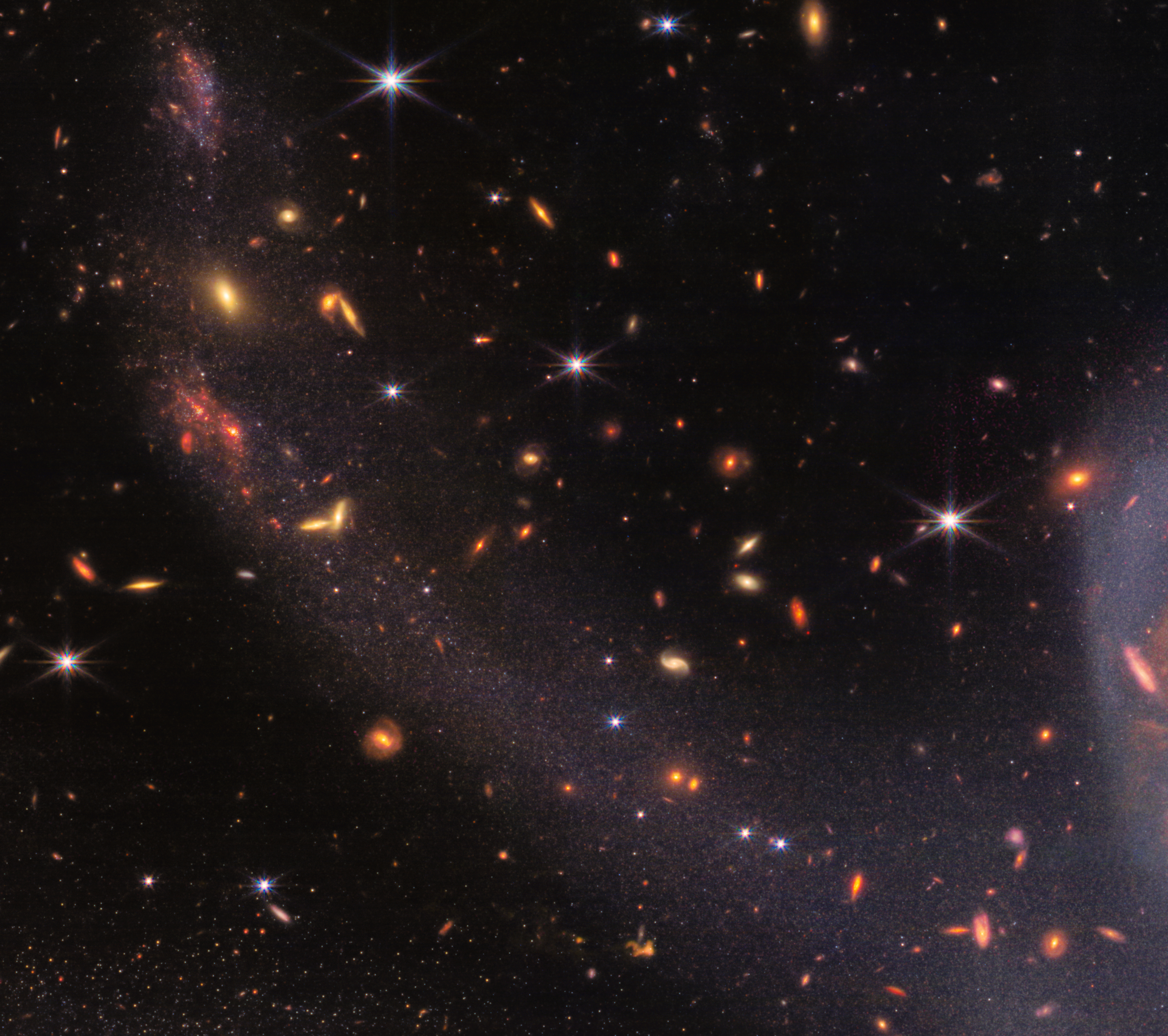
When you think about the legacy and imprint that humanity could leave on the Universe, where do your dreams take you?
- Do they take you to places where we’ve solved the problems of our day: war, violence, unrest, inequality, poverty, famine, and environmental catastrophe?
- Do they take you into a technologically advanced future, where humans freely move about from planet-to-planet, star system to star system, even galaxy-to-galaxy?
- Do they take you to places where we live rich, fulfilling, connected lives, where exploitation and disease and deliberately inflicted cruelty are relics of the past?
These dreams don’t have to remain mere fantasies; we can transform them into goals. The way we achieve those goals starts small: by investing in the basic scientific research needed to solve our underlying problems, understand the Universe and the rules it plays by, and to put the various components of it together in such a way that we can, step-by-step, achieve these various milestones.
We all have dreams for what our civilization can be: for how enduring it can be, and how, despite our humble, cosmically insignificant origins, we can not only comprehend the Universe, but explore it while still enjoying our time within it. And while — as you can easily see, above — the James Webb Space Telescope (JWST) is again transforming what we know about all of existence, it, too, is just another step that compels us to take still another one.
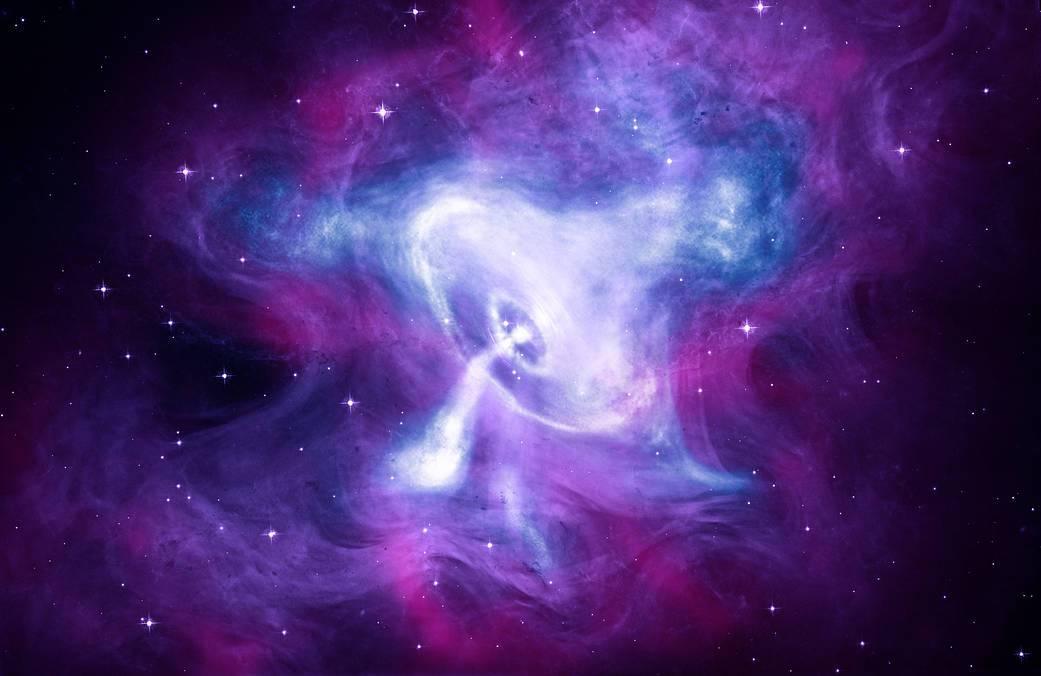
Over the remainder of the 2020s and throughout the 2030s, we’re going to continue exploring the Universe — and to learn what makes it up and how it came to be this way — in a variety of new and exciting ways. We’ll have two new ground-based observatories that will give us the highest-resolution images of objects in space ever: the Giant Magellan Telescope and the European Extremely Large Telescope. We’ll not only be detecting gravitational waves from the ground, but in space as well, thanks to the upcoming LISA mission. And we’ll learn more about neutrinos and other particles that travel to us from intergalactic sources, as our detectors and facilities become more sensitive than ever.
But there’s plenty more out there waiting for us to discover, all requiring only a relatively paltry investment to help us get there. A new array of radio telescopes, the next-generation Very Large Array, could be the breakthrough needed to make contact with an intelligent extraterrestrial species. A proposed super-Hubble telescope could be the breakthrough observatory that finally allows us to find inhabited planets beyond our Solar System. And a new fleet of great observatories — covering wavelengths like X-rays and the far infrared — could represent an even bigger improvement than JWST represents over all that came before it.

The full scope of this vision for scientific advancement, laid out in the Astro2020 decadal report delivered by the National Academies, could be realized by investing a meager $2 billion a year in NASA’s astrophysics budget. Not an additional $2 billion per year, but a total of $2 billion per year. (As an aside: can you believe all that we’ve learned about the Universe, already, with an annual budget devoted to NASA astrophysics of significantly less than $2 billion per year?) With that level of investment, sustained over the next ~20-30 years, we could fully realize this proposed vision: a transformative leap for our scientific understanding of what the Universe is and how it came to be this way.
For years, the only news anyone was hearing about JWST was about its problems. How over-budget it was, how poorly managed it was, how behind schedule it was, etc. With its full power now on display, however, we’re all not only agog at the breathtaking views of the Universe it’s providing, but blown away at how much better it’s performing than we’d even dared to imagine. With better efficiency and superior resolution compared to what it was designed for, as well as more than double the optimistic expected mission lifetime (20+ years, as opposed to the 5.5-10 years it was designed for), it truly illustrates what we can achieve when we dare to take a shot at civilization-scale science.

There’s no doubt that here and now, on Earth in mid-2022, we live in an alarmingly fractured society. A combination of factors large and rising inequality, food and water and power insecurity, deadly pandemics, political turmoil, and global conflict among them only serves to amplify this. You might be tempted to ask, “With all the problems that the world, why bother to invest our limited resources in basic scientific research?”
Although there are many practical reasons to do it, including a practically guaranteed return-on-investment that’s greater than 1, a slew of new spinoff technologies that are sure to emerge, and advances that promise to revolutionize how we view ourselves in the Universe, there’s another, loftier reason for doing it.
It’s because there’s more to this existence than our squabbles over the resources found on this important, but ultimately mundane, rock we all call home. There’s an entire Universe out there to explore and understand, and that’s a perspective we can all share and wonder about. In many ways, the pursuit of what lies beyond the current frontiers of what we know can serve as the very mortar we need to hold our fractured society together. A sustained investment in science, for the good of all humanity for all-time, just might be exactly what we need at this critical juncture in our species’ development.

It’s always possible, when we look around at all the problems faced by human beings all across the globe, that one of the many events that could bring about the end of human civilization could occur. We could engage in nuclear war, wiping every last human off of the planet in the process. A plague, a volcano, or an impact from the heavens could utterly destroy our modern civilization, as could the poisoning of our environment or the wanton destruction of vital ecosystems. Lesser events, like an energetic solar flare, could lead to a series of smaller, long-term disasters that threaten our modern way of life, killing billions in the process. There’s an existential risk that we could destroy ourselves: being the architects of our own downfall despite our unprecedented knowledge and technological capabilities.
But there’s a flipside here. In this critical moment, we could also become the heroes that the world needs right now. We could rise to the challenges facing our planet with the greatest tools at our disposal: our collective scientific knowledge and technological capabilities. We can invest in them further, and generously. Our legacy, if we make it, can be so much more than a simple, mundane mark on our local corner of the cosmos, leaving a metaphorical inscription that “We were here.” Instead, we could show every other civilization yet to come how it’s done. Instead of “We were here,” our message could be, “Here’s how far we came, and perhaps you can go even farther as you follow in our footsteps.” It’s time, instead of simply asking the big questions, for us to dig deep and come up big when it comes to searching for the ultimate answers.
